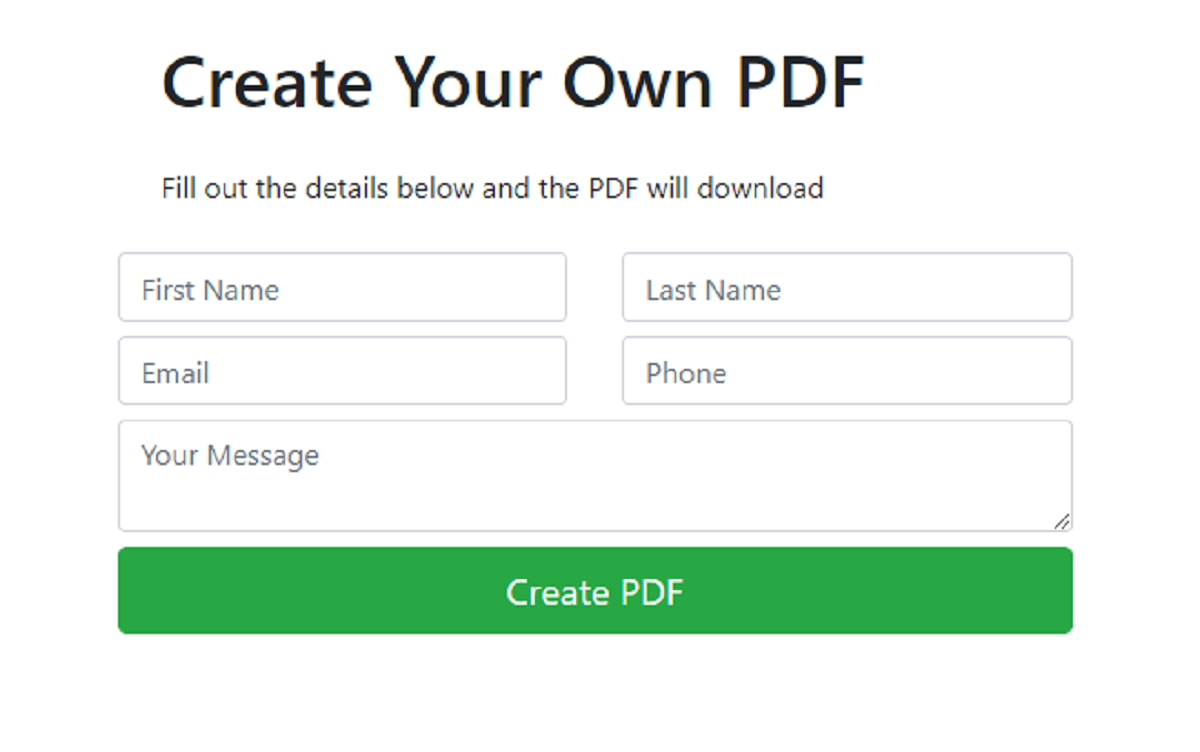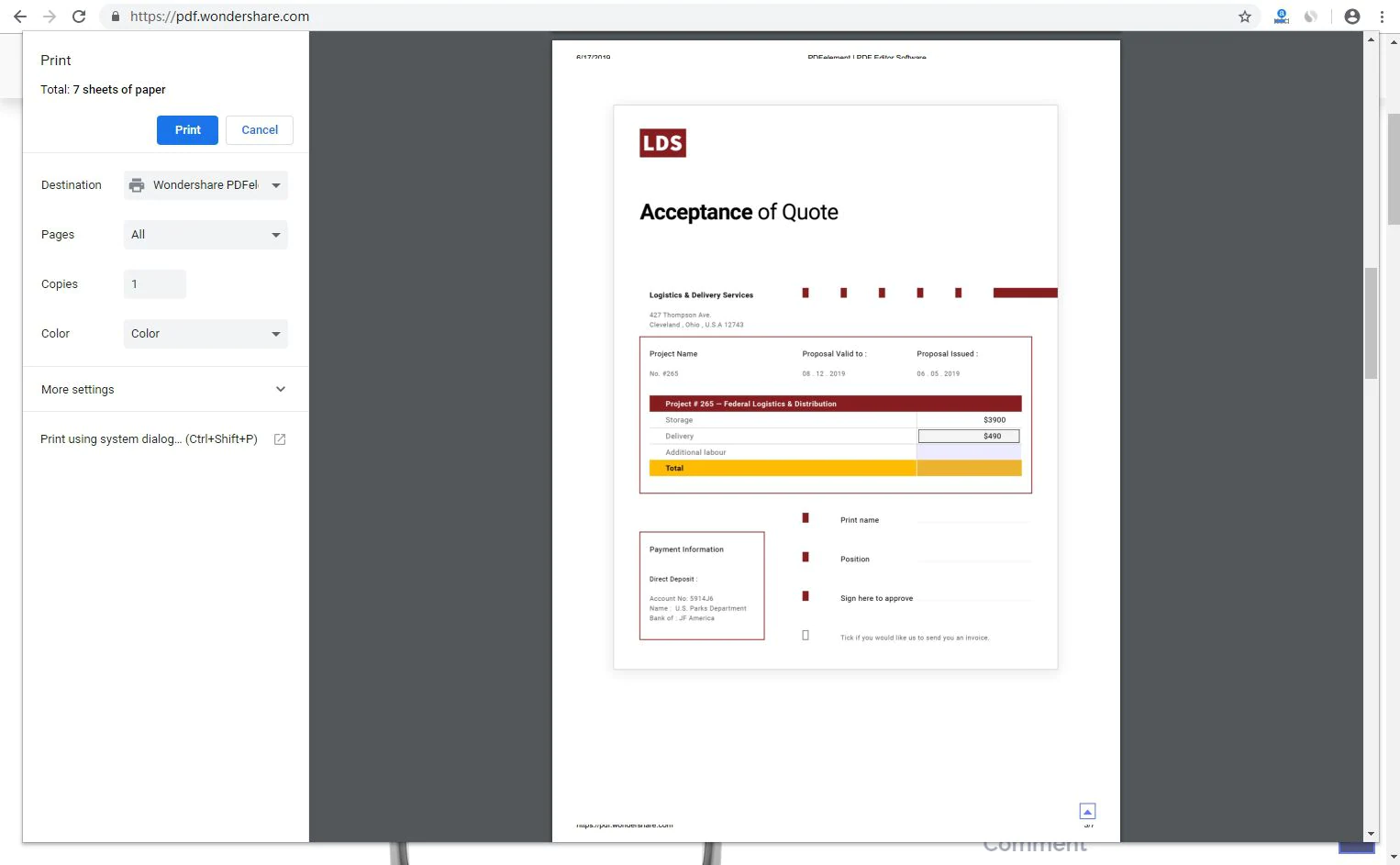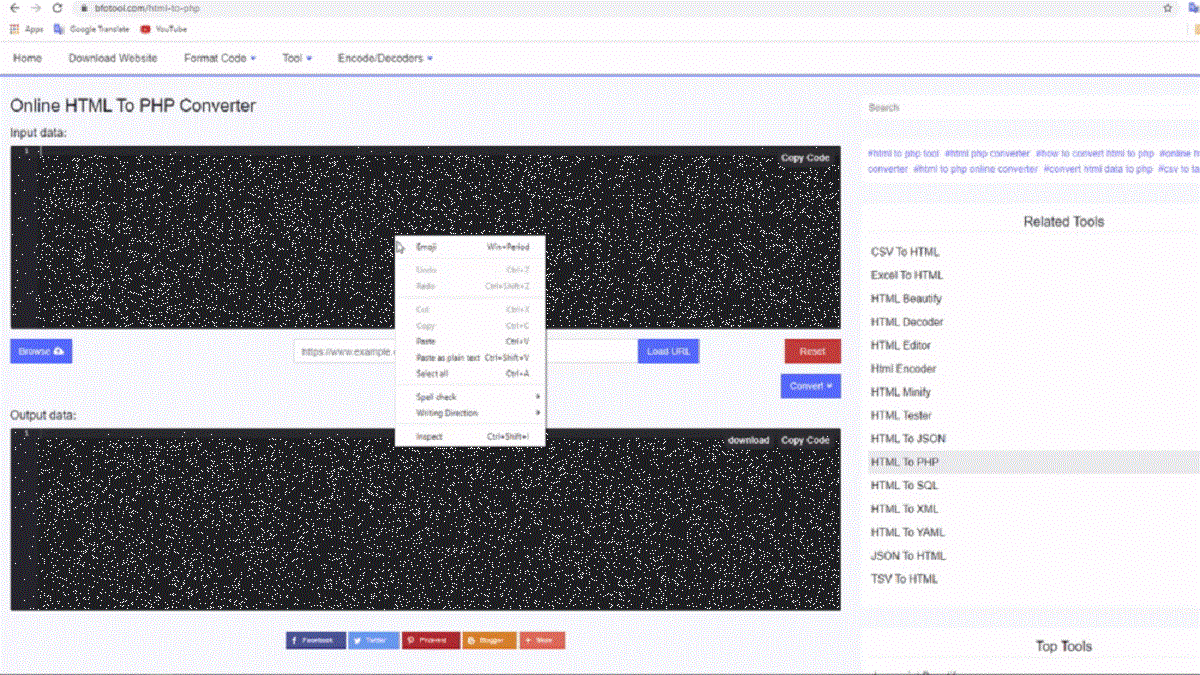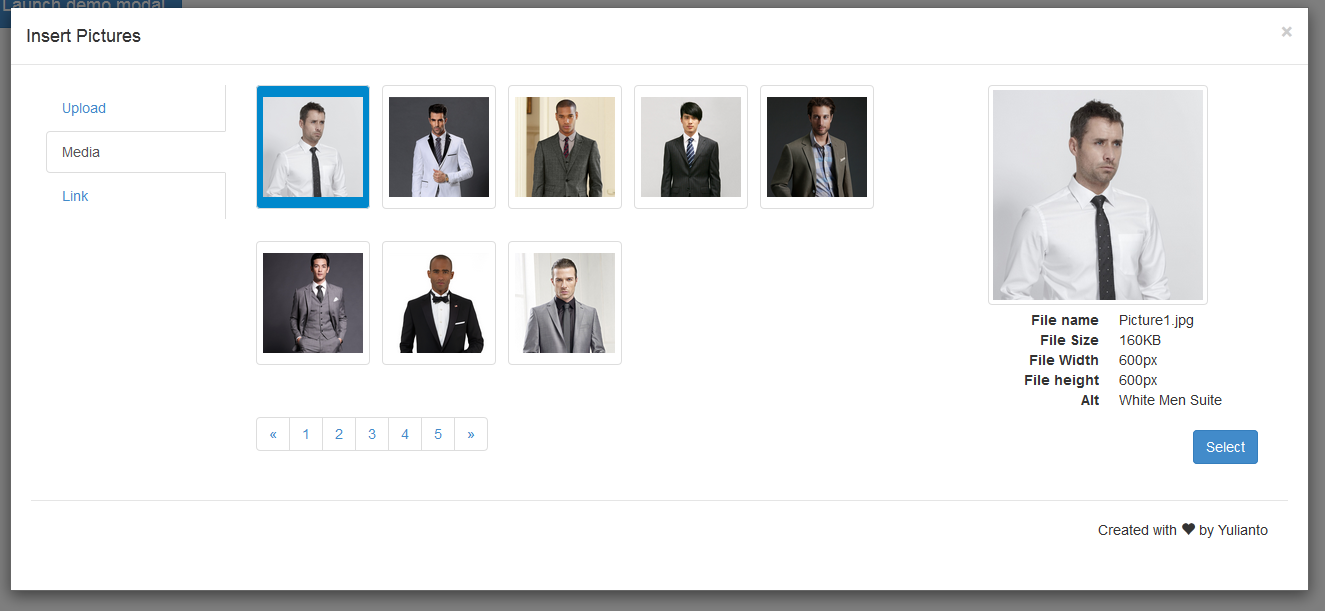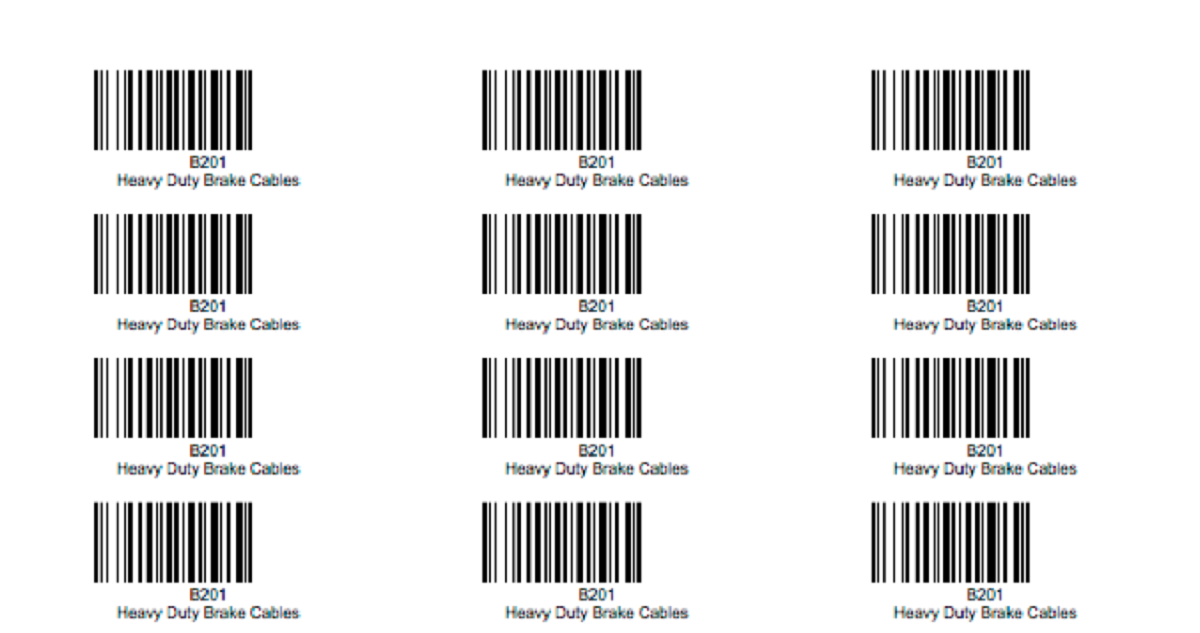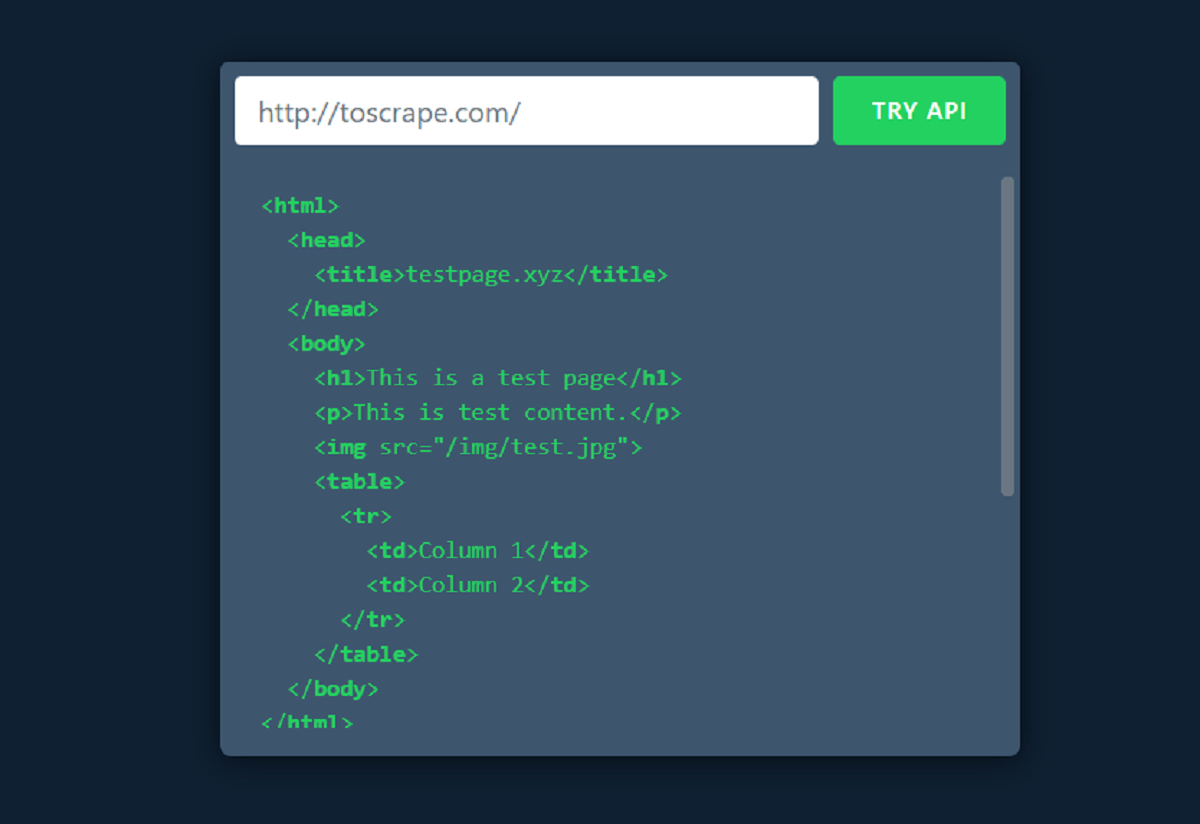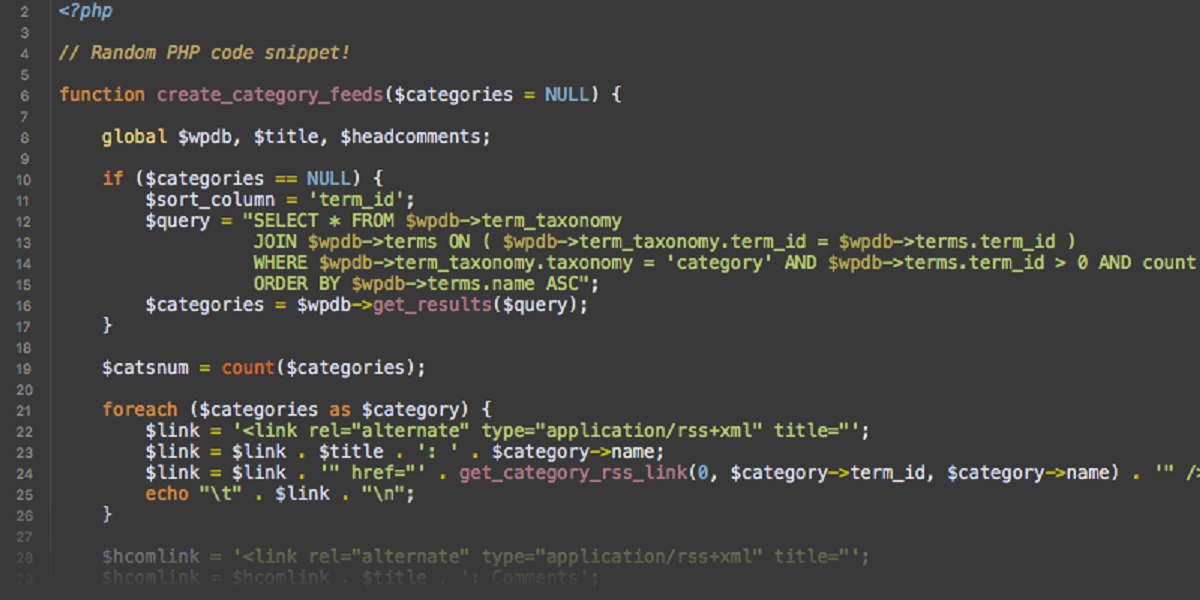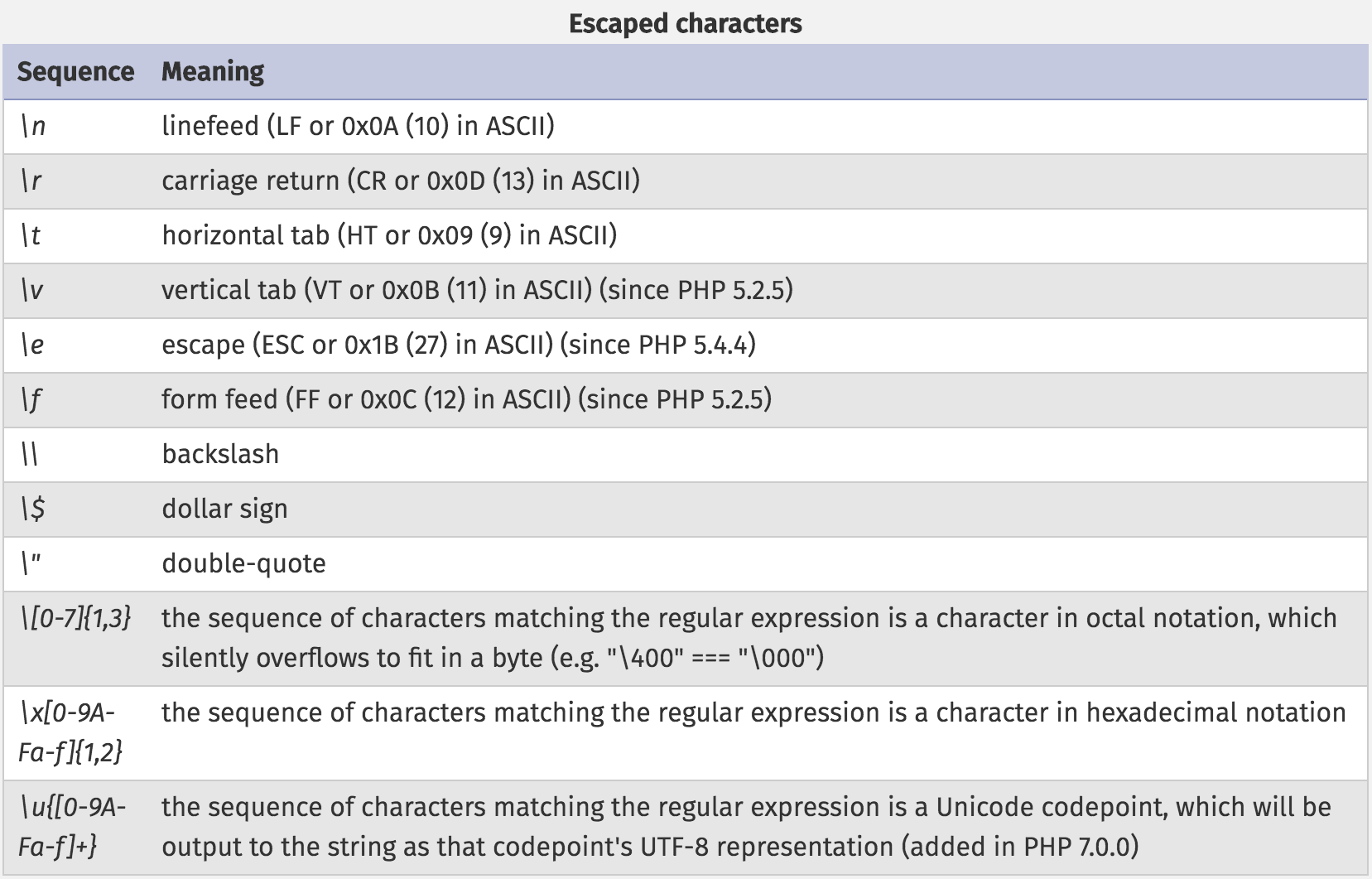Introduction
Converting HTML data into an image is a common requirement in web development, especially when it comes to generating dynamic previews or capturing screenshots of web pages. This process can be particularly useful for tasks such as creating thumbnail images, generating printable versions of web content, or creating snapshots for documentation purposes.
In this article, we will explore how to convert HTML data into an image using PHP. We will cover the necessary dependencies, step-by-step instructions, and code snippets to guide you through the process.
By utilizing PHP and the powerful Imagick library, we can easily handle the conversion process in a seamless manner. With Imagick, we have access to a wide range of methods and properties that allow us to load HTML data, manipulate it, and generate an image representation.
Whether you are a web developer looking to implement this functionality into your project or simply curious about the process, this article will provide you with the knowledge and tools necessary to accomplish the task at hand.
Before we dive into the implementation details, make sure you have basic knowledge of HTML, PHP, and server-side development. Familiarity with translating ideas into code and handling dependencies is also beneficial. Now, let’s get started with the required dependencies.
Required Dependencies
Before we can convert HTML data into an image using PHP, we need to ensure that we have the necessary dependencies in place. In this section, we will cover the key components required for this process.
The first dependency we need is PHP itself. Make sure you have PHP installed on your server or local development environment. You can download the latest version of PHP from the official website and follow the installation instructions specific to your operating system.
Next, we require the Imagick extension for PHP. Imagick is a powerful and feature-rich image manipulation library that provides us with the functionality to convert HTML into images. To install the Imagick extension, follow the steps below:
- Check if the Imagick extension is already installed by running the command
php -m | grep imagickin your terminal. If you see “imagick” in the output, that means the extension is already installed. Skip to the next step if this is the case. - If the Imagick extension is not installed, you will need to install it. The installation process may vary depending on your operating system.
- For Linux-based systems, you can install the Imagick extension using the package manager. Run the following command in your terminal:
sudo apt-get install php-imagick. Make sure to restart your web server after installation. - For Windows users, you can download the Imagick DLL file from the PECL website and add it to your PHP extensions directory. Don’t forget to add the relevant configuration in your php.ini file and restart your web server.
Once you have PHP and the Imagick extension installed, you are ready to proceed with the conversion process. In the next section, we will create a PHP script and load the HTML data for conversion. Stay tuned!
Step 1: Installing and Configuring Imagick
Before we can convert HTML data into an image using PHP, we need to install and configure the Imagick extension. Imagick is a powerful library that allows us to manipulate images, including converting HTML data into images.
To get started, follow the steps below to install and configure Imagick:
- Check if the Imagick extension is already installed by running the command
php -m | grep imagickin your terminal or command prompt. If you see “imagick” in the output, it means the extension is already installed. Skip to the next step if this is the case. - If the Imagick extension is not installed, you will need to install it. The installation process may vary depending on your operating system.
- For Linux-based systems, you can install the Imagick extension using the package manager. Run the following command in your terminal:
sudo apt-get install php-imagick. Make sure to restart your web server after installation. - For Windows users, you can download the Imagick DLL file from the PECL website. Ensure that you select the correct version of the DLL that matches your PHP installation. Place the DLL file in the PHP extensions directory.
- Next, open your php.ini file (you can find its location by checking the “Loaded Configuration File” value in your phpinfo()) and add the following line to enable the Imagick extension:
extension=imagick - Save the php.ini file and restart your web server for the changes to take effect.
- To verify if the Imagick extension is successfully installed, you can create a PHP file with the following code:
<?php
phpinfo();
?>
Run the PHP file in your browser and search for “imagick” to confirm that the extension is enabled.
Once you have successfully installed and configured the Imagick extension, you are now ready to start converting HTML data into an image using PHP. In the next step, we will create a PHP script to handle the conversion process. Stay tuned!
Step 2: Creating a PHP script to convert HTML to Image
Now that we have successfully installed and configured the Imagick extension, we can proceed with creating a PHP script to convert HTML data into an image. In this step, we will outline the process and provide code snippets to guide you through the implementation.
First, create a new PHP file and give it a suitable name, such as html_to_image.php. This will serve as our script to handle the conversion process. Open the file in your preferred text editor to begin writing the code.
The basic structure of our PHP script will involve the following steps:
- Load and manipulate the HTML data
- Convert the HTML data to an image
- Save and display the generated image
Let’s start by loading and manipulating the HTML data. We will use the new Imagick() constructor to create a new Imagick object, and then use the readImageBlob() method to load the HTML data. Here’s an example:
<?php
$htmlData = "<html><body><h1>Hello World!</h1></body></html>";
try {
$imagick = new Imagick();
$imagick->readImageBlob($htmlData);
} catch (ImagickException $e) {
// Handle any errors that may occur
echo "Error: " . $e->getMessage();
}
?>
Once we have loaded the HTML data, we can proceed to the next step of converting it into an image. In the next section, we will explore how to perform this conversion using the Imagick library. Stay tuned!
Step 3: Loading and Manipulating HTML Data
In the previous step, we created a PHP script and loaded the HTML data using the Imagick library. In this step, we will dive deeper into loading and manipulating the HTML data before converting it into an image.
To load the HTML data, we use the readImageBlob() method of the Imagick object, passing the HTML data as the parameter. This method is specifically designed to load image data from a string, in this case, our HTML data.
Once the HTML data is loaded, we can perform various manipulations and adjustments before converting it into an image. The Imagick library provides a wide range of methods and properties to handle image transformations and modifications.
For example, we can resize the image using the resizeImage() method, set the image format using the setImageFormat() method, or adjust the image quality using the setImageCompressionQuality() method.
Here’s how we can perform some basic manipulations on the loaded HTML data:
<?php
$htmlData = "<html><body><h1>Hello World!</h1></body></html>";
try {
$imagick = new Imagick();
$imagick->readImageBlob($htmlData);
// Resize the image
$imagick->resizeImage(800, 600, Imagick::FILTER_LANCZOS, 1);
// Set the image format to JPEG
$imagick->setImageFormat("jpeg");
// Set the image quality to 80 (out of 100)
$imagick->setImageCompressionQuality(80);
} catch (ImagickException $e) {
// Handle any errors that may occur
echo "Error: " . $e->getMessage();
}
?>
By manipulating the loaded HTML data, we have more control over the resulting image’s size, format, and quality. These adjustments can be tailored to suit your specific requirements.
In the next step, we will explore how to convert the manipulated HTML data into an image. Join us as we continue on this exciting journey!
Step 4: Converting HTML to Image
Now that we have loaded and manipulated the HTML data using the Imagick library, it’s time to move on to the next step: converting the HTML data into an image.
The conversion process in Imagick involves utilizing the writeImage() method to save the manipulated HTML data as an image file. This method takes the desired filename as the parameter and automatically determines the file format based on the file extension.
For example, to convert the HTML data into a PNG image, we can use the following code:
<?php
$htmlData = "<html><body><h1>Hello World!</h1></body></html>";
try {
$imagick = new Imagick();
$imagick->readImageBlob($htmlData);
// Manipulate the image
// Convert HTML data to PNG image
$imagick->writeImage("output.png");
} catch (ImagickException $e) {
// Handle any errors that may occur
echo "Error: " . $e->getMessage();
}
?>
By calling the writeImage() method with the desired filename, such as “output.png” in the example above, the HTML data will be converted into a PNG image and saved to the specified location.
Furthermore, you can customize the conversion process by specifying the desired image format using the setImageFormat() method before calling writeImage(). For instance, if you want to save the image as a JPEG file, you can use $imagick->setImageFormat("jpeg"); before writing the image file.
In the next step, we will cover how to save and display the generated image. Keep reading to learn the final steps of our HTML to image conversion process!
Step 5: Saving and Displaying the Image
We have reached the final step of the HTML to image conversion process: saving and displaying the generated image. Once the HTML data is converted to an image using the Imagick library, we can save it to a desired location and display it on a webpage or in any other suitable way.
To save the image, we can simply call the writeImage() method of the Imagick object and provide the filepath as the parameter. Here’s an example:
<?php
$htmlData = "<html><body><h1>Hello World!</h1></body></html>";
try {
$imagick = new Imagick();
$imagick->readImageBlob($htmlData);
// Manipulate the image
// Convert HTML to image
$imagick->writeImage("output.jpg");
echo "Image saved successfully!";
} catch (ImagickException $e) {
// Handle any errors that may occur
echo "Error: " . $e->getMessage();
}
?>
In the example above, the converted image will be saved as “output.jpg” in the same directory as the PHP script. You can specify the desired path and filename to save the image in a different location.
To display the image, you can use the <img> HTML tag and set the “src” attribute to the path of the saved image file. Here’s how:
<img src="output.jpg" alt="Converted Image">
By including this code within an HTML page or application, the image will be displayed, and the alt text will be shown if the image cannot be loaded.
And there you have it! You have successfully converted HTML data into an image using PHP and Imagick. Make sure to handle any errors gracefully and consider adding additional error handling and validation as needed.
Finally, don’t forget to experiment and explore more features of the Imagick library to further enhance the conversion and manipulation process. Happy coding!
Conclusion
In this article, we have explored the process of converting HTML data into an image using PHP and the Imagick library. We started by ensuring that the necessary dependencies, including PHP and the Imagick extension, were properly installed and configured.
Next, we created a PHP script that handled the conversion process by loading and manipulating the HTML data. With the powerful features offered by the Imagick library, we were able to resize the image, set the image format, and adjust the image quality.
In the subsequent steps, we converted the manipulated HTML data into an image and saved it to the specified location. We also learned how to display the generated image on a webpage using the <img> HTML tag.
By following this step-by-step guide and understanding the core concepts, you now have the skills to convert HTML data into an image using PHP and the Imagick library. The possibilities are endless – you can create dynamic previews, generate printable versions of web content, and capture website snapshots for documentation purposes.
Remember to experiment with different settings and explore the additional features provided by the Imagick library to further enhance your image conversion process. Don’t hesitate to refer to the official documentation and seek out online resources for more advanced techniques and best practices.
Now, armed with this knowledge, go ahead and apply this technique in your web development projects. Enjoy the process of converting HTML into images and unlocking new possibilities in your applications!









